![]()
![]()
![]()
Use LEFT and RIGHT arrow keys to navigate between flashcards;
Use UP and DOWN arrow keys to flip the card;
H to show hint;
A reads text to speech;
19 Cards in this Set
- Front
- Back

Tiny cell structures that carry out specific functions within the cell; their name comes from a word meaning "little organ"
|

Organelles
|
|
|
A rigid layer of nonliving material surrounding some types of cells; in plants it provides structure and support; this structure is not found in animal cells or some protist cells
|
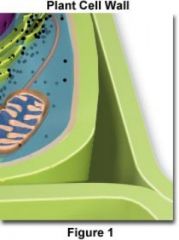
Cell Wall
|
|
|
Controls what substances come into and out of a cell; surrounds the cytoplasm of all cells
|
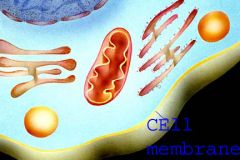
Cell Membrane
|
|
|
The cell's control center, directing all of the cell's activities; "you're in Domain Eukarya if you carry a _____ in your cells"
|
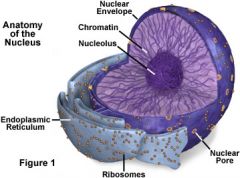
Nucleus
|
|
|
A membrane surrounding the nucleus; materials pass in and out of the nucleus through pores in this structure
|

Nuclear Envelope
|
|
|
Thin coiled strands containing the hereditary material known as DNA; found in the nucleus, it contains the cell's genetic instructions
|
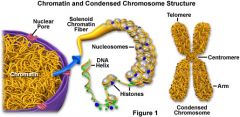
Chromatin
|
|
|
A sphere-shaped object located inside the nucleus; it is where ribosomes are produced
|
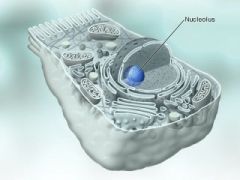
Nucleolus
|
|
|
Gel-like fluid in the cell found between the cell membrane and the nucleus; this surrounds the organelles and contains many of the chemicals needed by the cell
|

Cytoplasm
|
|
|
"Powerhouses" of the cell; they convert energy in food into a form the cell can use called ATP
|
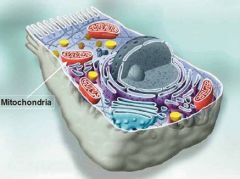
Mitochondria
|
|
|
A maze of passageways in the cell found just outside the nucelus; it allows transport of proteins and other materials from one part of the cell to another
|

Endoplasmic Reticulum
|
|

Small grainlike structures that produce proteins; some are attached to the endoplasmic reticulum and others float in the cytoplasm
|

Ribosomes
|
|
|
Receive proteins and other materials from the endoplasmic reticulum; they are small flattened sacs and tubes that package materials into membranes for distribution within or out of the cell
|

Golgi Bodies
|
|
|
Large green structures that capture light energy for storage in food molecules; used for photosynthesis, they are only found in plant cells and some protist cells
|

Chloroplasts
|
|
|
Store food, water, waste, and other materials needed by the cell; most plants have a large one of these located in the center of the cell for storing water
|

Vacuoles
|
|
|
Small, round structures containing chemcials that break down certain materials in the cell; they break down large food molecules into smaller ones, and recycle old cell parts
|
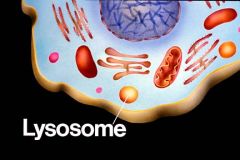
Lysosomes
|
|
|
Cells that are different from one another, enabling each type to perform specific jobs; they are found only in multicellular organisms and combine to form tissues
|

Specialized Cells
|
|
|
A group of similar cells that work together to perform a specific function; several types of these combine to form organs
|

Tissues
|
|
|
Made of different kinds of tissues that function together; they make up organ systems
|
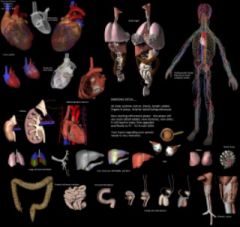
Organs
|
|
|
A group of organs working together to peform a major function; multicellular organisms may be made of several or more of these
|

Organ System
|

